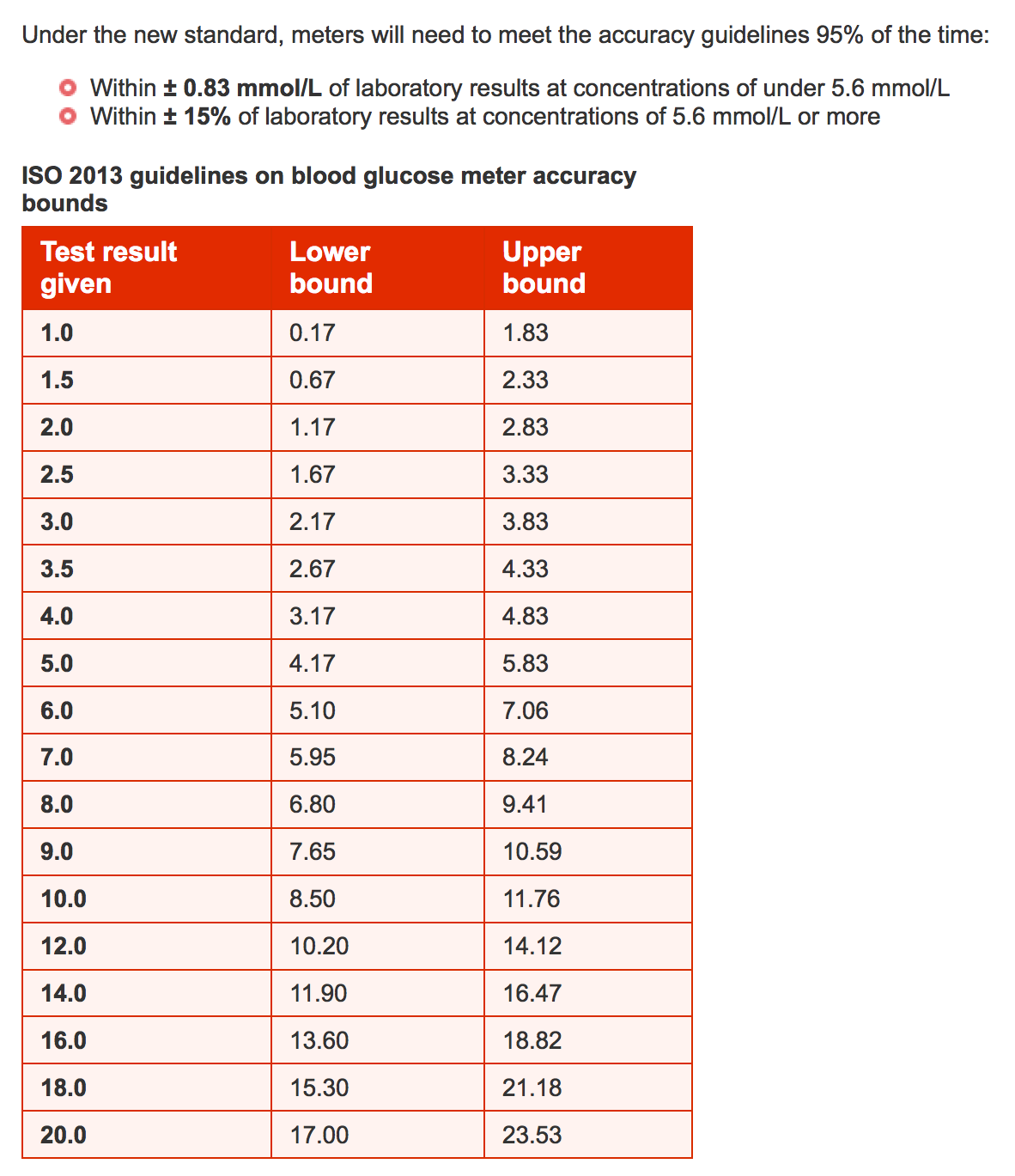gwalmsley
Active Member
- Relationship to Diabetes
- Type 2
Hi Robin. Thanks for your reply.
Just had a look at the Burgen Soya & Linseed bread, and it looks like it is 11.8g carbs per slice. Bread wise I am currently eating the Hovis Low Carb bread which is 9.9g carbs per slice. Is there something in the Burgen which makes it better for diabetics (slows absorption for example) or is it purely the carbs number?
I was reading an article yesterday regarding net carbs, saying you should subtract the fibre number from the total carbs number to get the actual amount of carbs your body will use. So that brings the Burgen down to 7.5 and the Hovis to 4.4 if I have my maths right.
Edit: Just looked at the numbers for the wraps again, and I think I can see the issue. Each wrap is 30.5g of carbs, but only 2.8g fibre so a net figure of 27.7g.
Graham
Just had a look at the Burgen Soya & Linseed bread, and it looks like it is 11.8g carbs per slice. Bread wise I am currently eating the Hovis Low Carb bread which is 9.9g carbs per slice. Is there something in the Burgen which makes it better for diabetics (slows absorption for example) or is it purely the carbs number?
I was reading an article yesterday regarding net carbs, saying you should subtract the fibre number from the total carbs number to get the actual amount of carbs your body will use. So that brings the Burgen down to 7.5 and the Hovis to 4.4 if I have my maths right.
Edit: Just looked at the numbers for the wraps again, and I think I can see the issue. Each wrap is 30.5g of carbs, but only 2.8g fibre so a net figure of 27.7g.
Graham
The problem with 'wholemeal' anything, is that it can still be quite refined, or contain white flour as well, to make it less heavy. I avoid it, it always gets into my bloodstream faster than my insulin. I usually eat Burgen, or something home made with rye flour and seeds in it, which seem to suit me better. It's all a question of trying things out to see what your particular body can tolerate.
Last edited:

